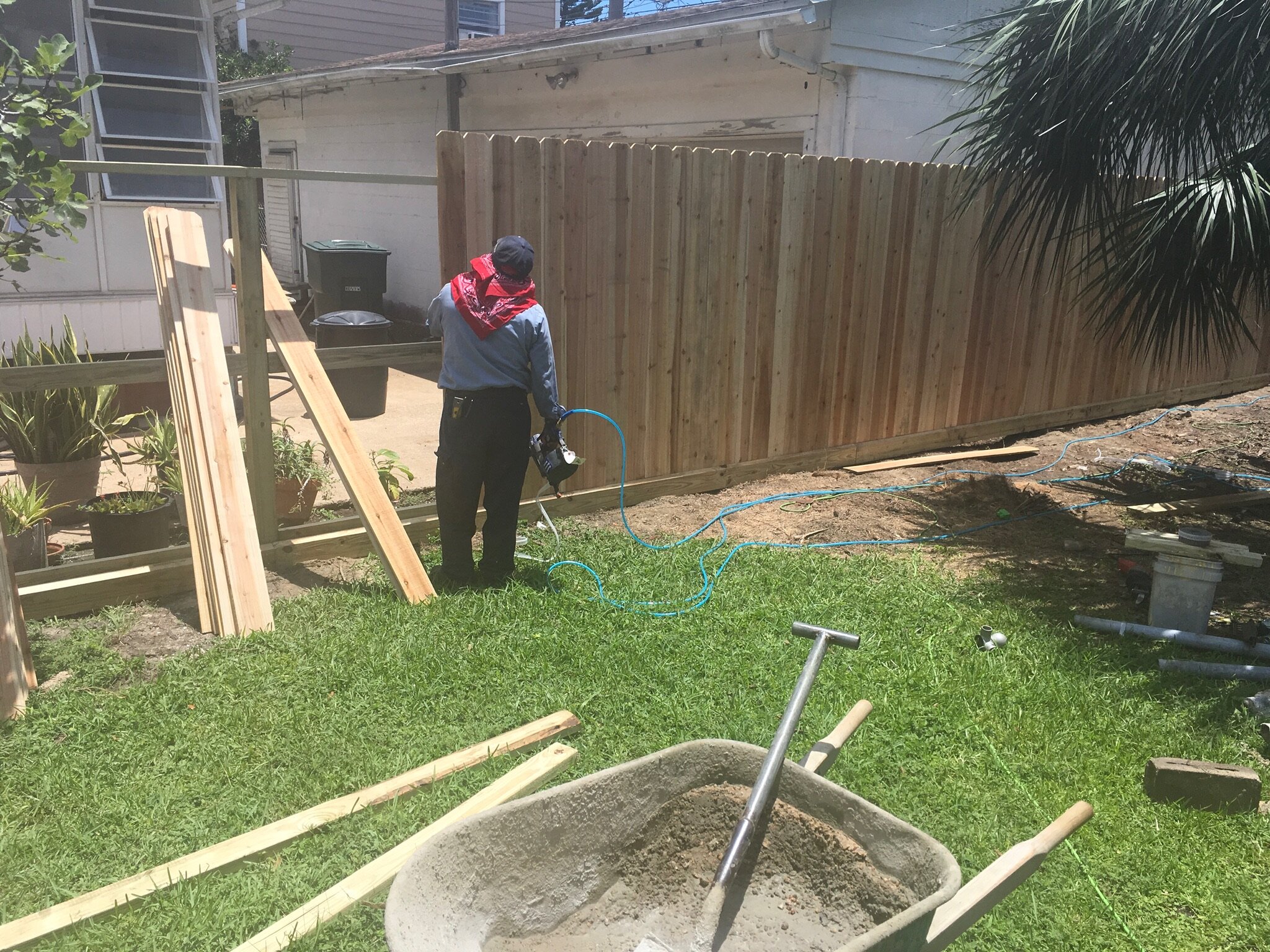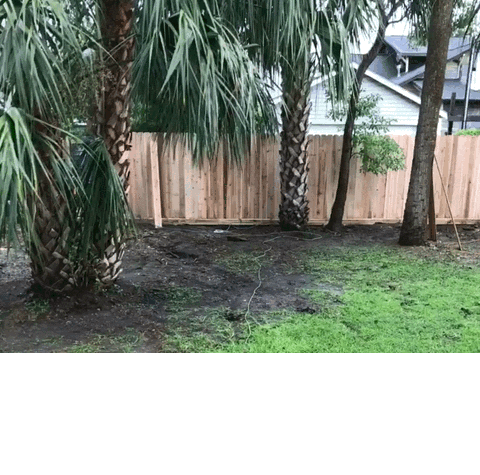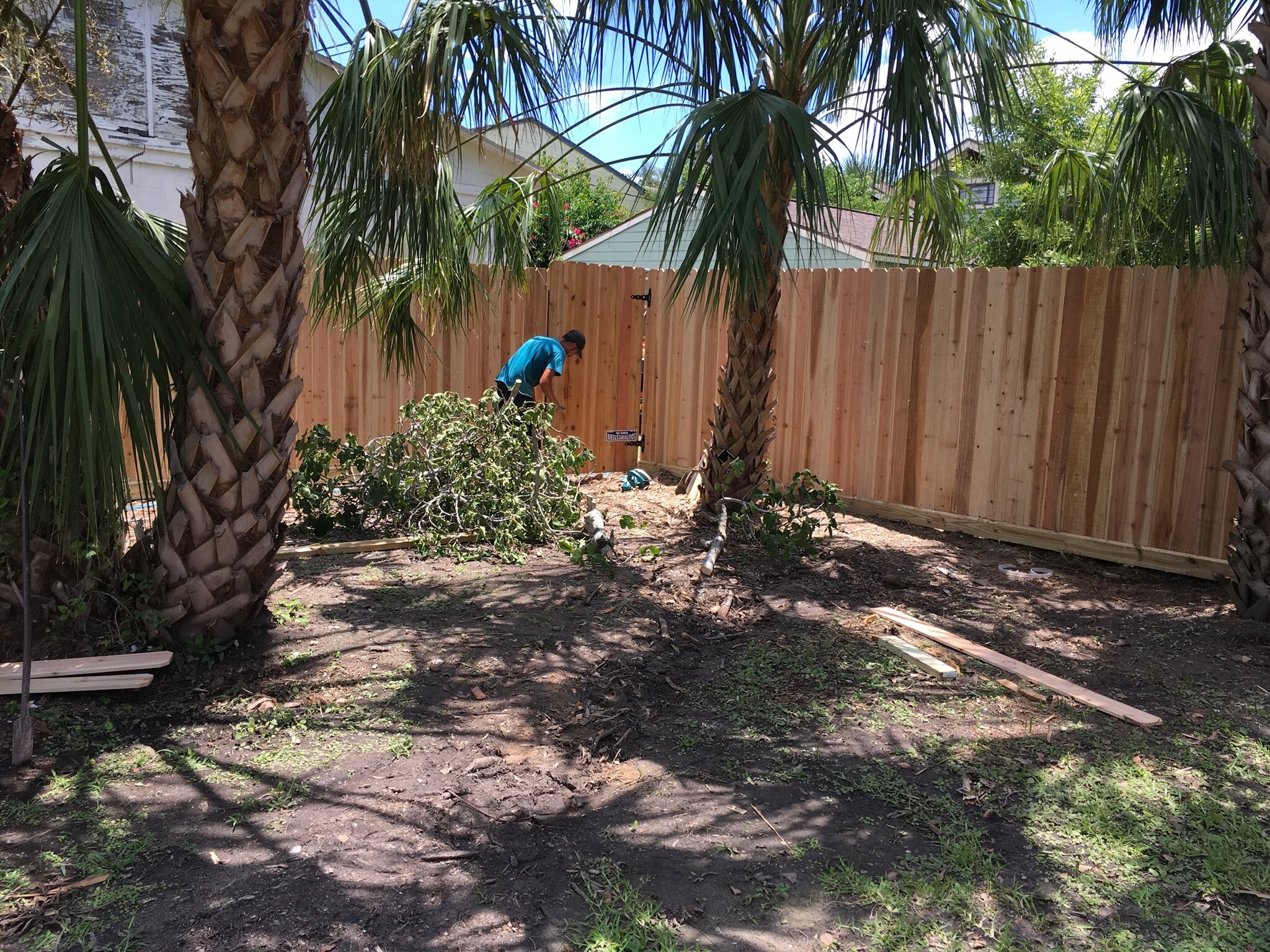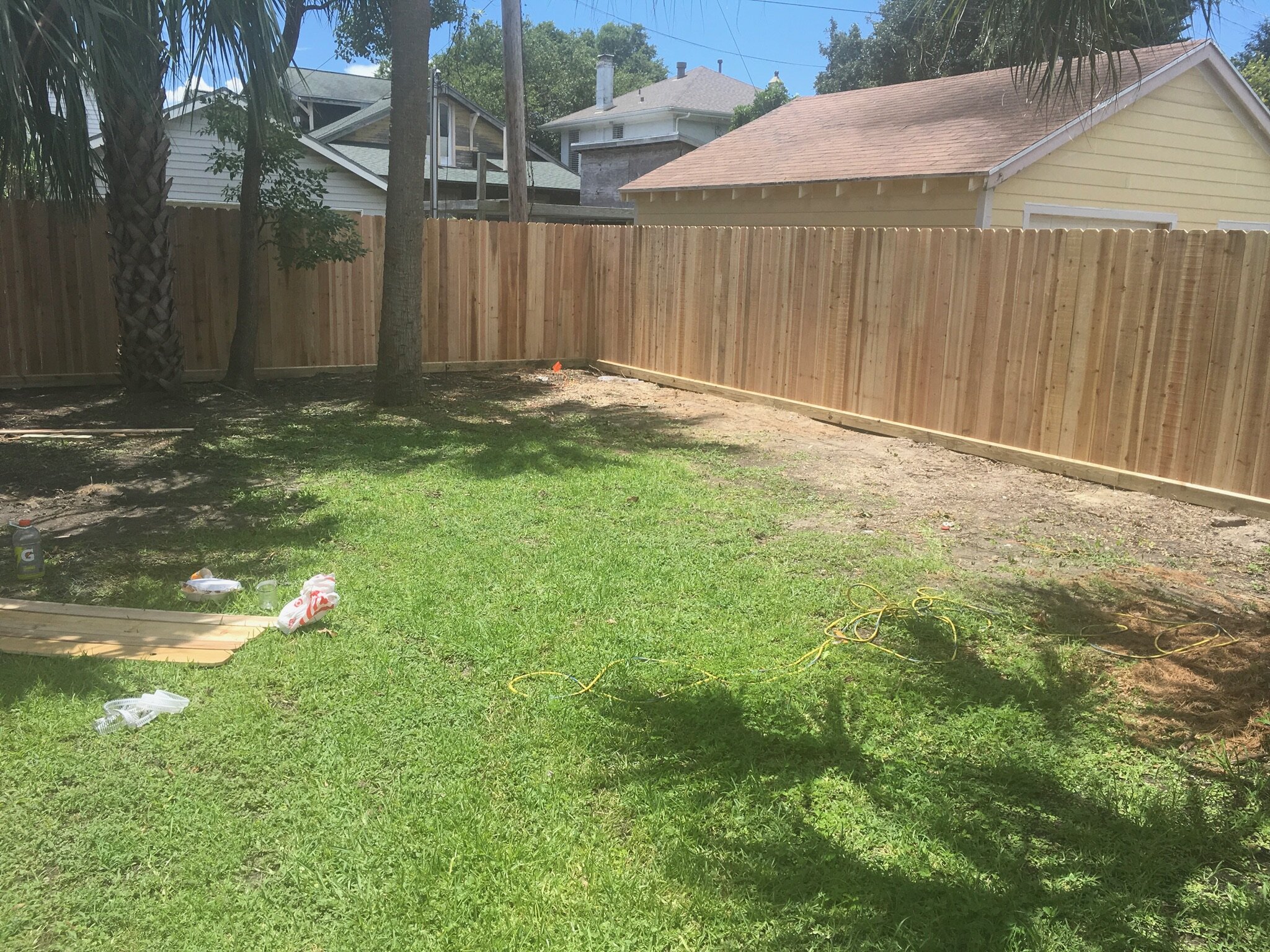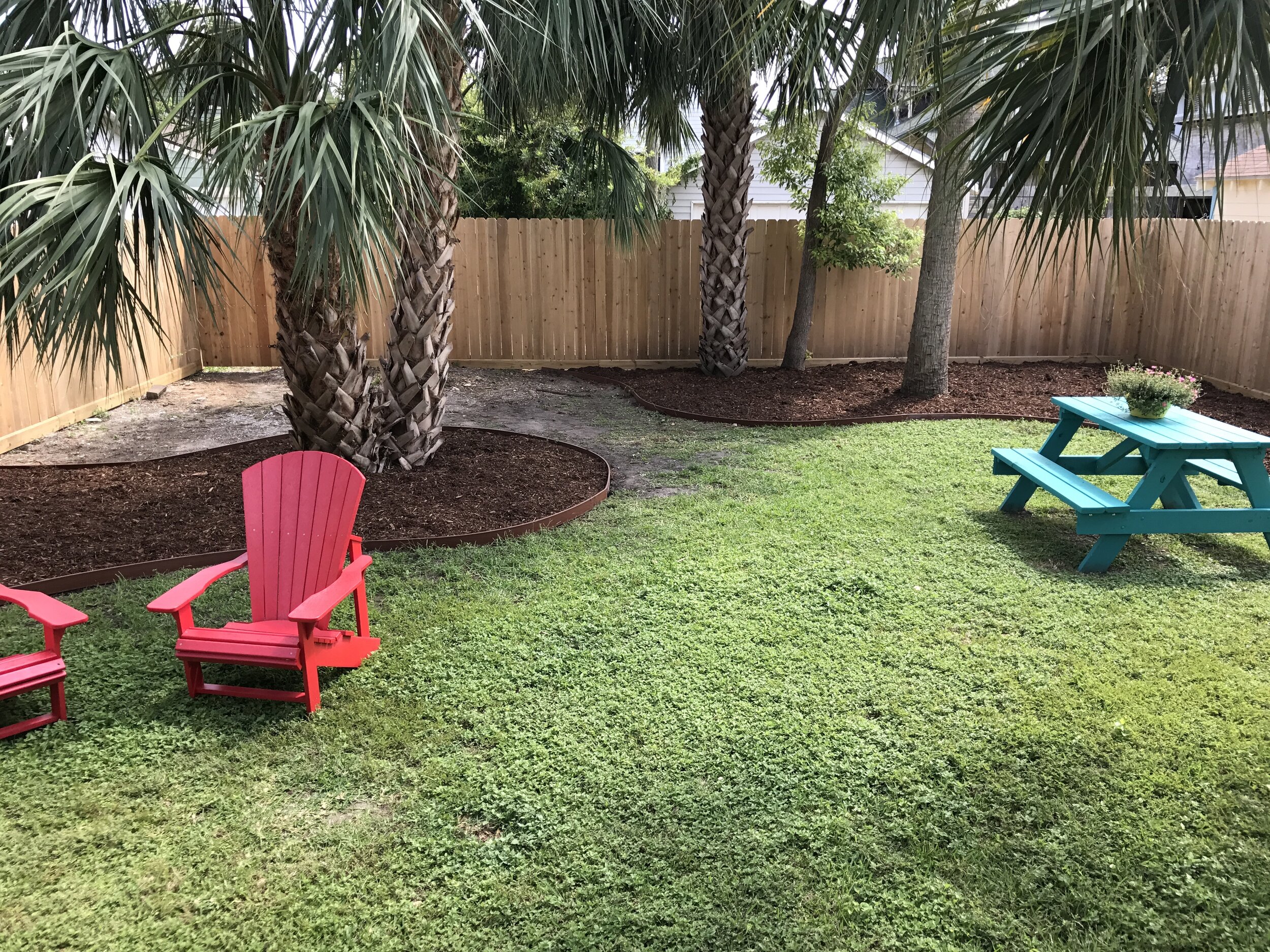The Turquoise Table
Shortly before I purchased The Bungalow, I heard about the book, The Turquoise Table, by Kristin Schell. It’s about how Kristin, on a mission “to love her neighbors,” managed to create a stronger sense of community with her friends, family and, yes, even strangers.
She started by taking an ordinary picnic table, painting it turquoise and setting it outside in her front yard. Then, she would go outside in the mornings, with coffee mug in hand, and invite others to join her there. As she has said, “to hang out and do life together.”
Kristin’s intentions inspired me to buy the book. And, once I had the hardback in my hand, I didn’t put it down until I had finished reading each and every word.
I loved The Turquoise Table, and I shared Kristin’s desire to bond with those around her in new and more meaningful ways. In its own way, the book explains why I so wanted to spend part of my life in Galveston, in a neighborhood built in the 1920s, when big front porches with swings encouraged neighbors to stop by and sit a spell.
Today, a turquoise table sits in the back yard of The Bungalow. It was the first thing I bought for the house! I found it at Tuesday Morning, and it had already been painted turquoise. I bought it on the spot and paid someone to deliver to my home in Houston. Then, it sat in my garage for nearly three months. Later, i paid someone else to deliver it to The Bungalow - right after the new cedar fence was installed. Unlike Kristin, it never dawned on me (until later) that I too could have bought an ordinary picnic table right here in Galveston and painted it myself …and saved myself a lot of hassle and delivery fees!
Oh well…Like Kristin, I’ve loved sharing my turquoise table with others. When friends or vacation renters stay at The Bungalow, they always comment on the turquoise table - and on the copy of The Turquoise Table I leave out in plain view for all to see. Many have taken photos of themselves sitting at my table and forwarded them on to me. I can’t tell you how much I really love that!
-
2022
- Mar 17, 2022 Ivy Dishes
- Jan 29, 2022 Grace Episcopal Church
- Jan 1, 2022 100 Years
-
2021
- Aug 25, 2021 My Fig Tree
- Apr 28, 2021 Darlene's Shrimp
- Apr 24, 2021 Oleander Festival
- Feb 27, 2021 Great Winter Storm
- Feb 10, 2021 The Mourning Wave
-
2020
- Oct 26, 2020 Crepe Myrtles
- Sep 18, 2020 Trimming the Palms
- Jul 19, 2020 The Dancers
- Jul 11, 2020 Postcards
- Jun 20, 2020 Resilience Flag
- Jun 19, 2020 Juneteenth
- Jun 10, 2020 Silk Stocking
- May 27, 2020 Tree Sculptures
- May 6, 2020 Babe's Beach
- Apr 22, 2020 Opera House
- Mar 2, 2020 Texas Heroes Monument
- Feb 15, 2020 Mardi Gras Parade
- Jan 19, 2020 St. Joseph's Church
-
2019
- Dec 15, 2019 Celebrations
- Nov 6, 2019 Fresh Paint
- Oct 21, 2019 Jazz Age Series
- Oct 20, 2019 ARToberFEST
- Oct 6, 2019 Stingeree
- Oct 5, 2019 Pumpkin Time
- Oct 2, 2019 Sea Turtles
- Sep 29, 2019 Powhatan House
- Sep 24, 2019 The Dolphins
- Sep 5, 2019 Lucas Apartments
- Aug 24, 2019 Sandcastles
- Aug 9, 2019 The Daily News
- Jul 18, 2019 Beach Walk
- Jul 10, 2019 La King's
- May 25, 2019 Pleasure Pier
- May 1, 2019 Bolivar Ferry
- Mar 15, 2019 Saengerfest Park
- Jan 19, 2019 Moody Mansion
-
2018
- Dec 18, 2018 The Vintage Suitcase
- Dec 17, 2018 Festival of Lights
- Dec 2, 2018 Sunday Brunch
- Nov 21, 2018 Hendley Row
- Oct 27, 2018 Island Oktoberfest
- Sep 20, 2018 The Strand Clock
- Sep 16, 2018 St. Mary Cathedral
- Aug 11, 2018 No More Shed
- Jun 10, 2018 Rosenberg Library
- May 7, 2018 Stepping It Up
- May 3, 2018 A Happy Hour
- May 1, 2018 Ashton Villa
- Apr 21, 2018 96th Birthday
- Apr 1, 2018 Seawolf Park
- Mar 27, 2018 Ball High School
- Mar 15, 2018 East End
- Feb 1, 2018 Tremont House
- Jan 26, 2018 Menardi Gras
- Jan 24, 2018 Mardi Gras Decor
-
2017
- Dec 1, 2017 Miss Ruby
- Oct 8, 2017 Railroad Museum
- Oct 7, 2017 Tall Ship Elissa
- Sep 9, 2017 Star Drug Store
- Sep 8, 2017 1900 Storm Statue
- Aug 6, 2017 The Turquoise Table
- Aug 1, 2017 Bishop's Palace
- Jul 23, 2017 Garten-Verein
- Jul 21, 2017 Yard Work
- Jul 16, 2017 The Strand
- Jun 17, 2017 Stewart Beach
- Jun 7, 2017 The Original
- Jun 3, 2017 Murdochs
- May 27, 2017 Bryan Museum
- May 19, 2017 Firemen on Call
- May 13, 2017 Williams-Borden Neighborhood
- May 1, 2017 Oleander City
- Apr 28, 2017 God Winks





